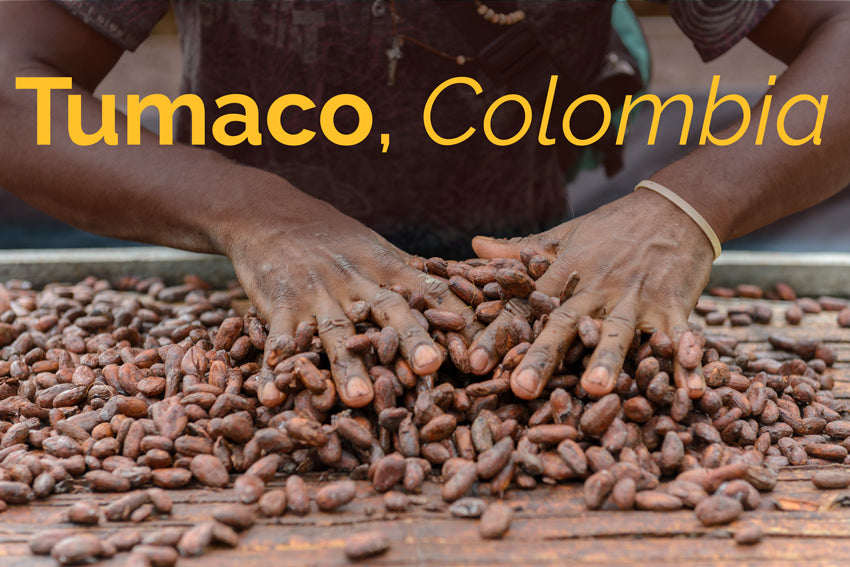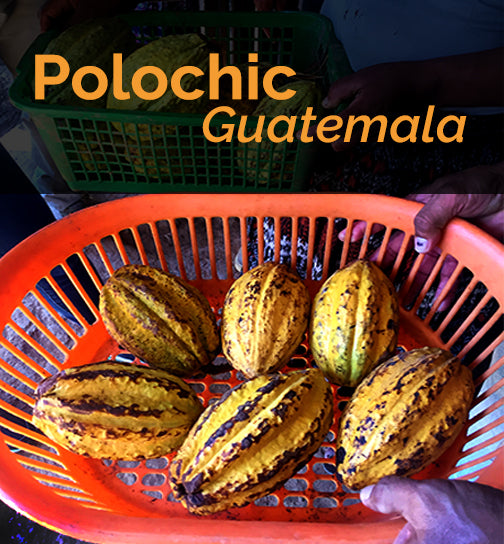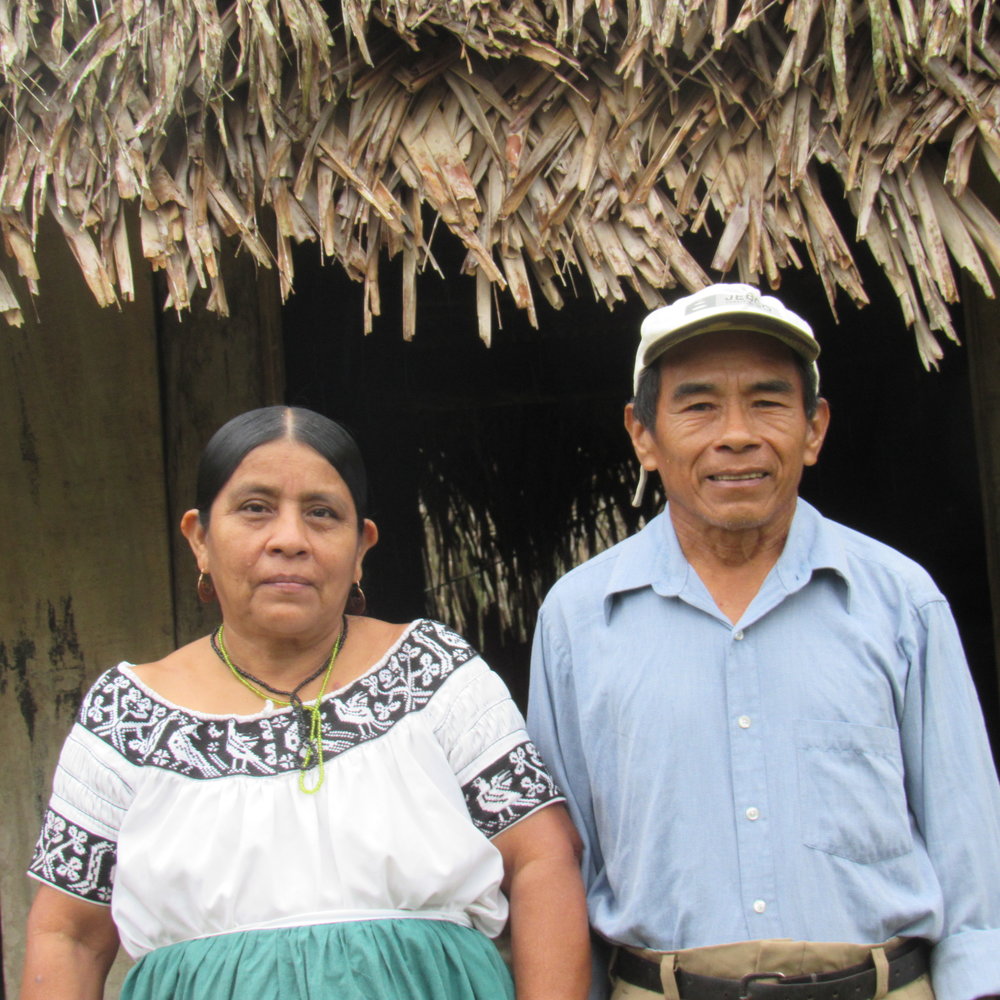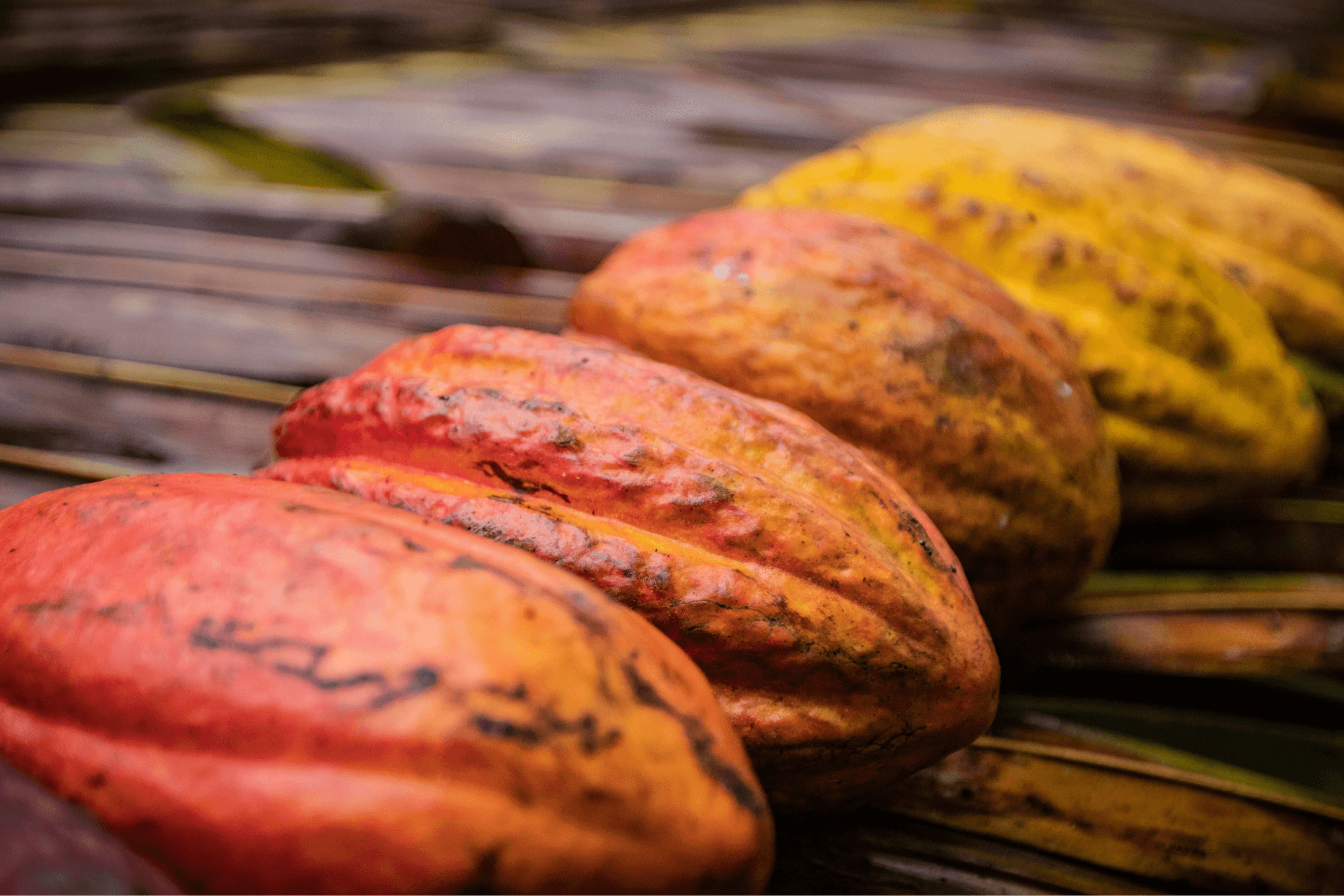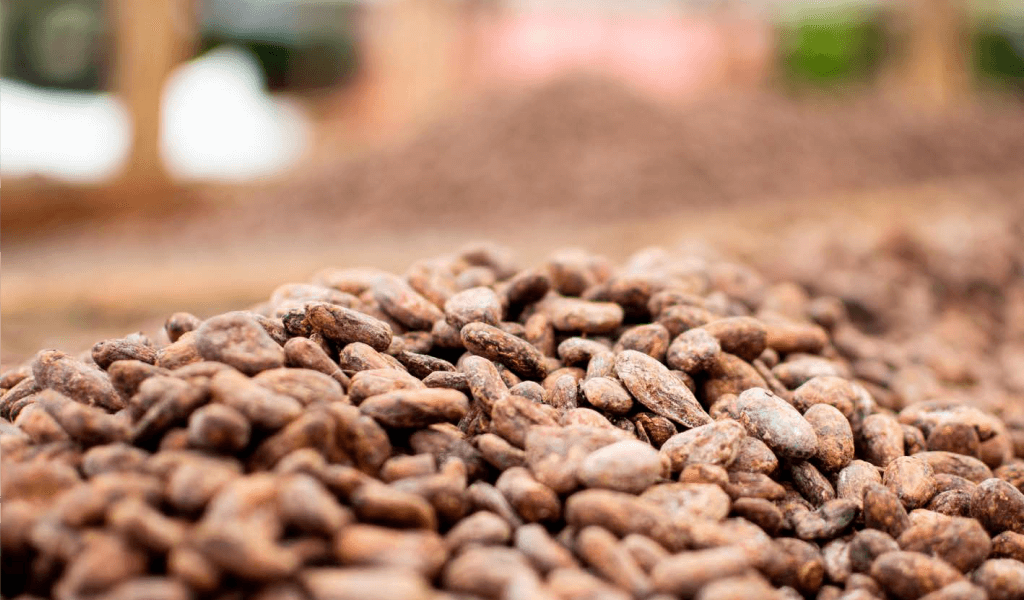Cacao has a long, complicated history in Colombia. Much like other cacao producing countries in Central and South America, indigenous populations used to harvest cacao found in the rainforests and process it into drinking chocolate. It was used for spiritual purposes as well as for enjoyment at home.

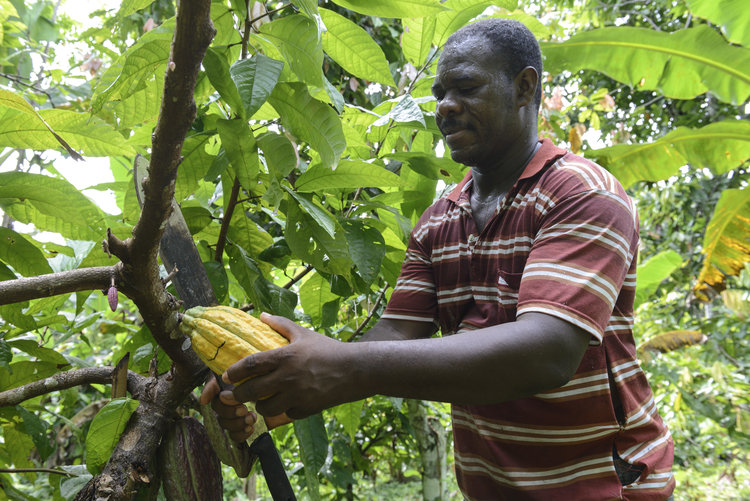
While in most parts of Colombia, cacao wasn’t grown as an agricultural commodity for a long time, it did start gaining traction in the 1940s and 1950s. The government of Colombia incentivized farmers to start growing cacao of a specific hybrid varietal and distributed seeds and saplings to farmers.
The region of Tumaco, in the southern pacific part of the country, was no exception.
Farmers started planting the hybridized cacao – mostly CCN51 and ICS95 on their farms, having been promised by the government a market for their cacao. Typically, farmers would harvest their own cacao, ferment it for two to three days in sacks, dry it in the sun, and sell it at a nationally set price to the government, or Casa Lukker, the only other buyer.
Throughout the 1970s, ‘80s, and ‘90s, this was the norm in most cacao growing regions in the country, including Tumaco.

In the 1990s and early 2000s, people from other parts of Colombia starting coming to Tumaco to plant coca farms. It was easy to transport illicit substances via the river systems and out to sea in Tumaco. Local Tumaqueños didn’t appreciate the danger this brought to their communities; a high level of insecurity came with trafficking and guerrilla groups as a result.
Meanwhile, the Colombian government put a concerted effort into ending coca farming and encouraging cacao and oil palm farming instead. Throughout the late 2000s and early 2010s, more attention was paid to cacao farming again, and Tumaqueñan cacao farmers started organizing to learn more about cacao production and processing.
One farmer in particular, Gustavo Mindineros, was part of a young group of university-educated cacao farmers who were interested in understanding more about cacao. They were members of community groups formulated by the government to spearhead conservation projects in the Tumaco region. Recognizing that cacao is a native species to Colombia, and recognizing further that cacao grows well with other crops and among the natural native forest, these young farmers began to teach themselves about cacao genetics, production, and processing.
After years of studying cacao, including traveling to Ecuador to learn from fellow cacao farmers and partnering with the University of Nariño, these young farmers started the first cacao associations in Tumaco: Cortepaz, Corpoteva, and Bajo Mira.
These three associations have been doing research with the University to identify native cacao genetics found in the region. The farmers knew their ancestors had grown cacao and used it for spiritual and dietary purposes, and have been searching to find the genetic makeup of those cacaos. After years of study, they’ve now narrowed down nine genetic varietals that they believe are the native cacaos of that region, and are maintaining a clonal garden to eventually farm seedlings to distribute widely to more farmers in their networks.
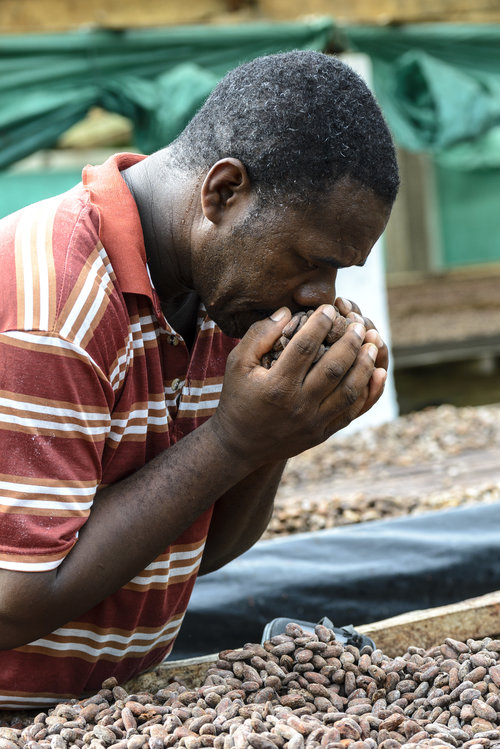
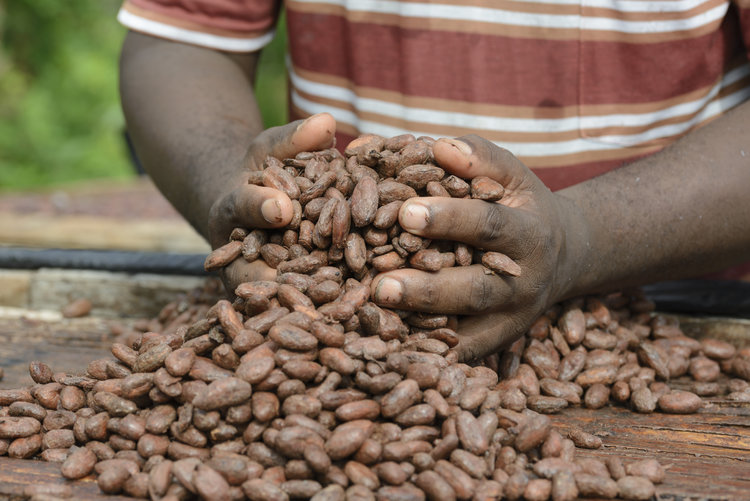
The resurgence of interest in cacao has been encouraging for the communities in which they work. The cooperatives are providing seedlings of different cacao genetics for farmers to graft onto their existing hybrid trees, enabling farmers who have struggled for a long time with disease to combat those ailments and start harvesting more cacao from their plots. It has also given these farmers an alternate market. With improved processing, these three associations are able to sell their cacao to Cacao Hunters, Uncommon Cacao’s partner in Colombia. As Cacao Hunters sells this cacao, the farmers are reenergized to continue to graft trees and care for their plots.
We are excited to see this growth and resurgence of native genetic cacaos, not only because the cacao coming out of Cortepaz, Corpoteva, and Bajo Mira are delicious and chocolatey, but also because it represents more stable economic growth and security in the Tumaco region.

Our Origins
